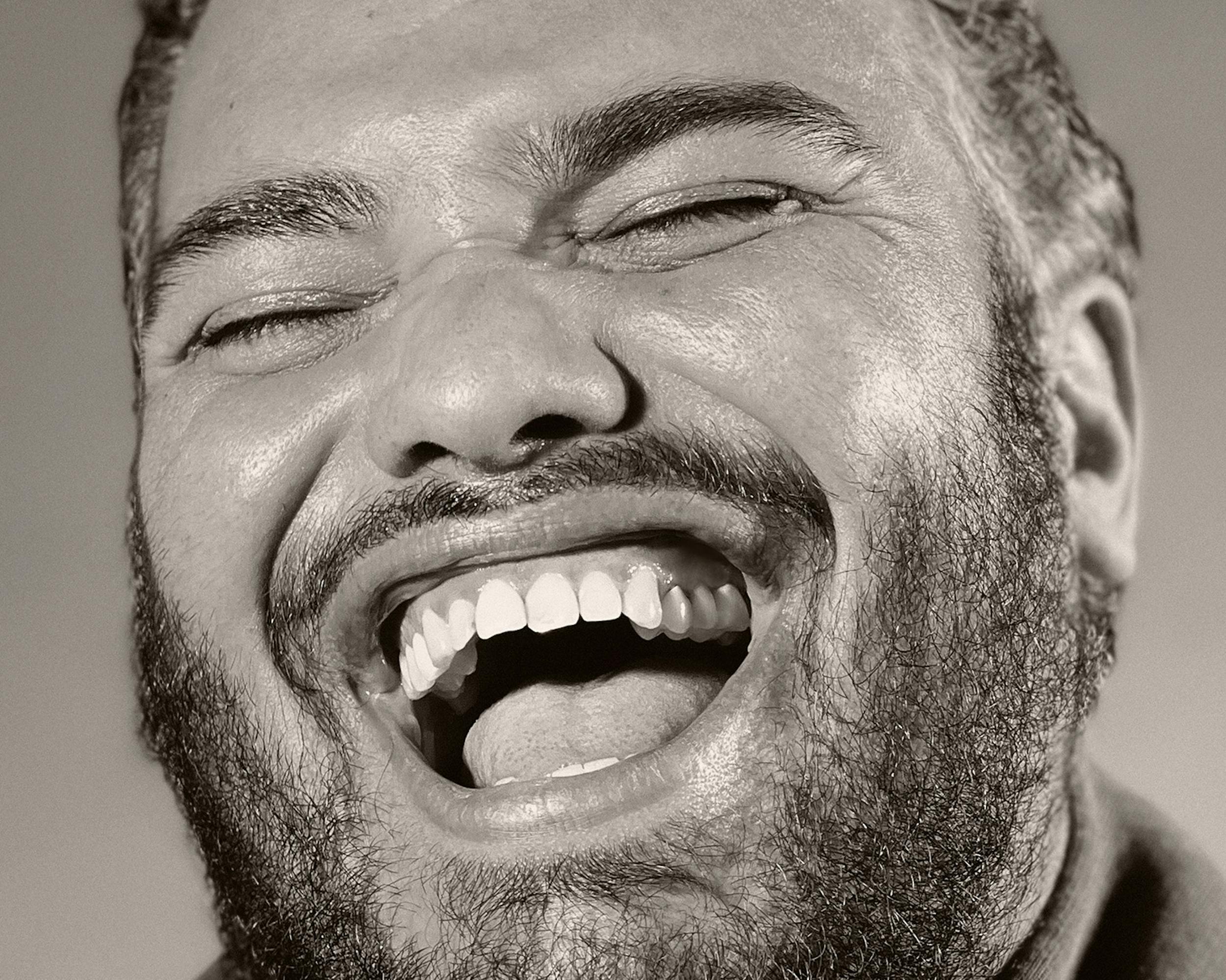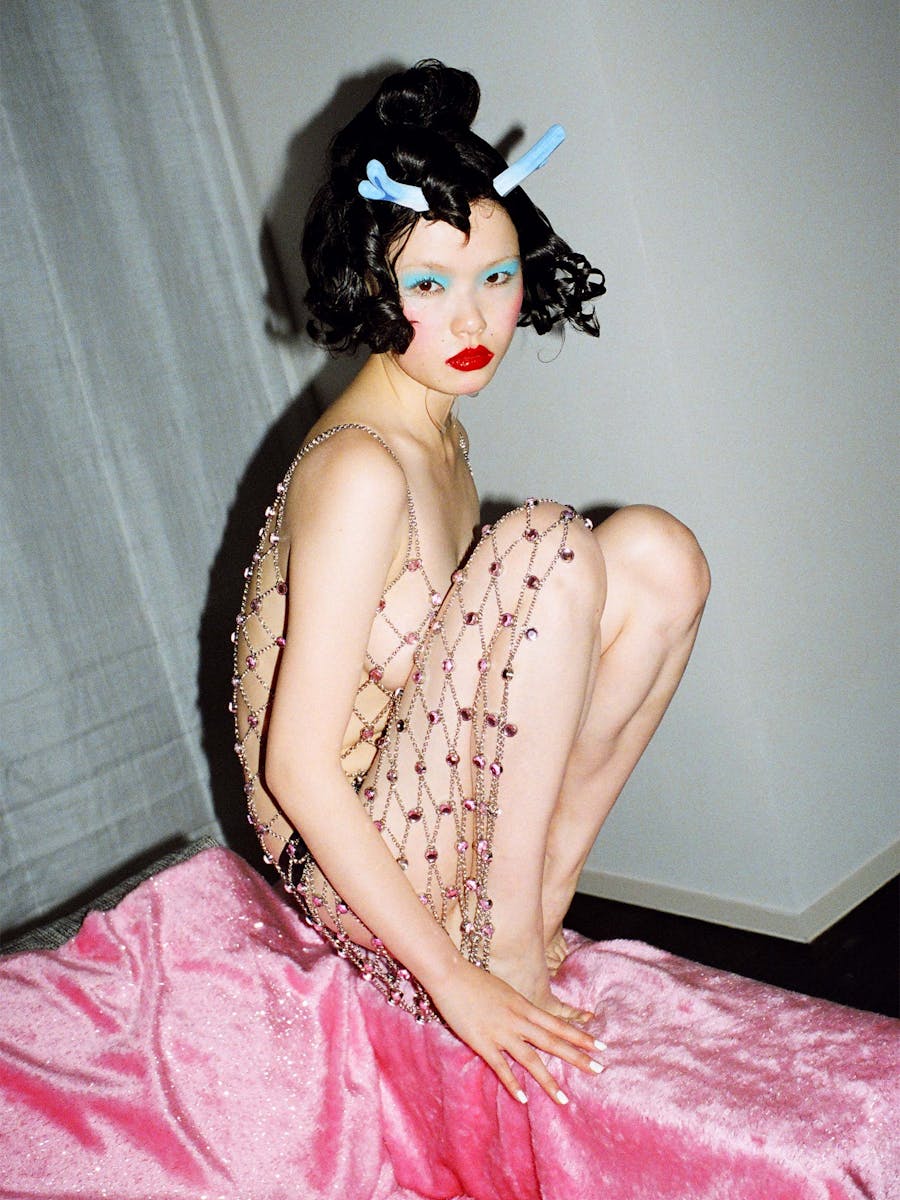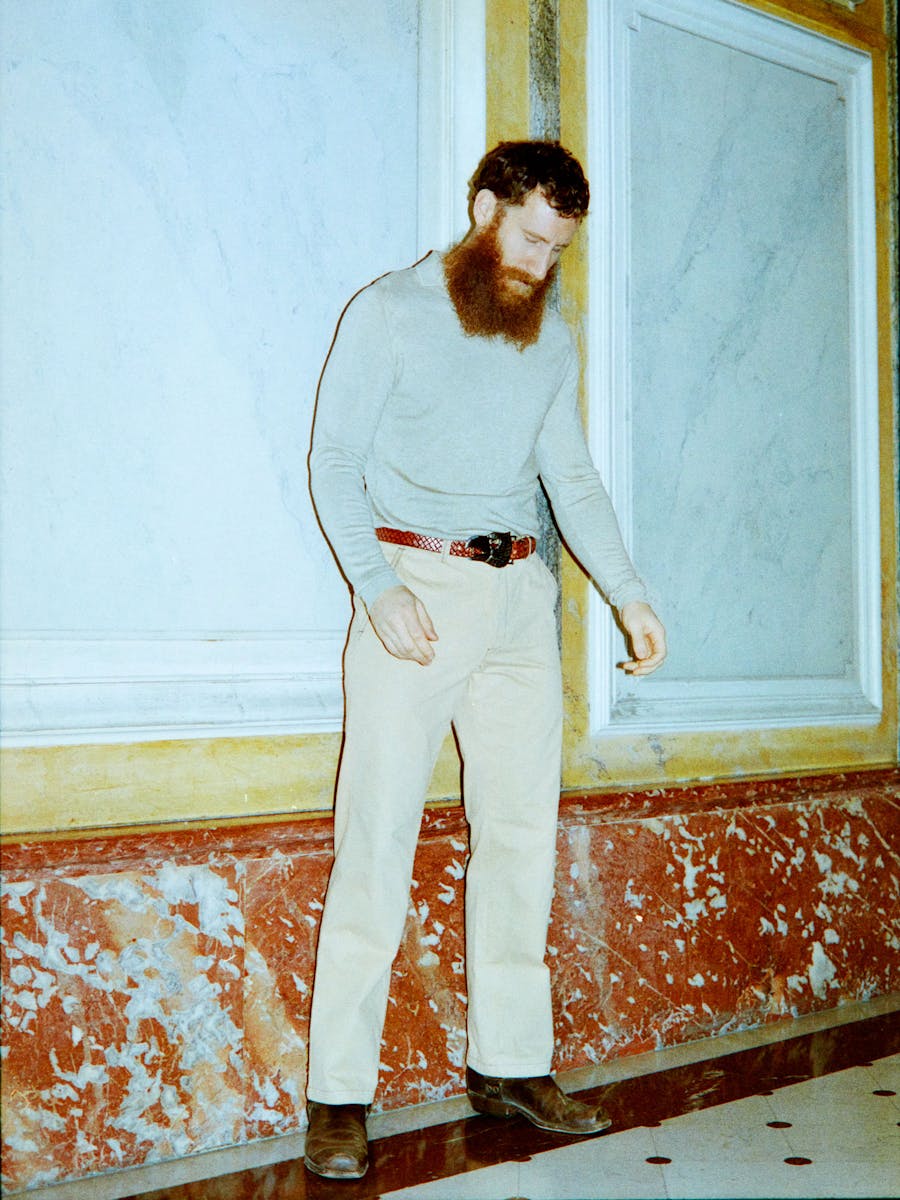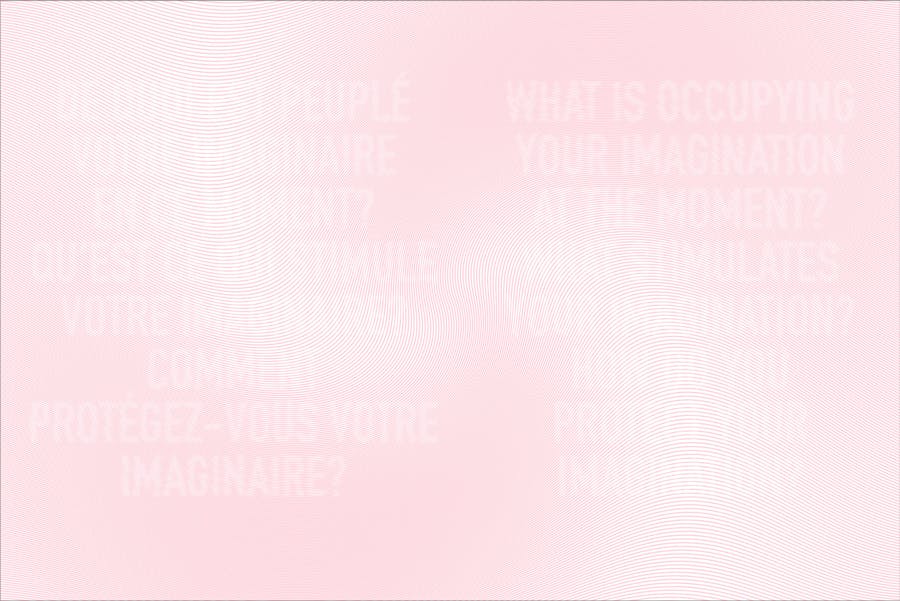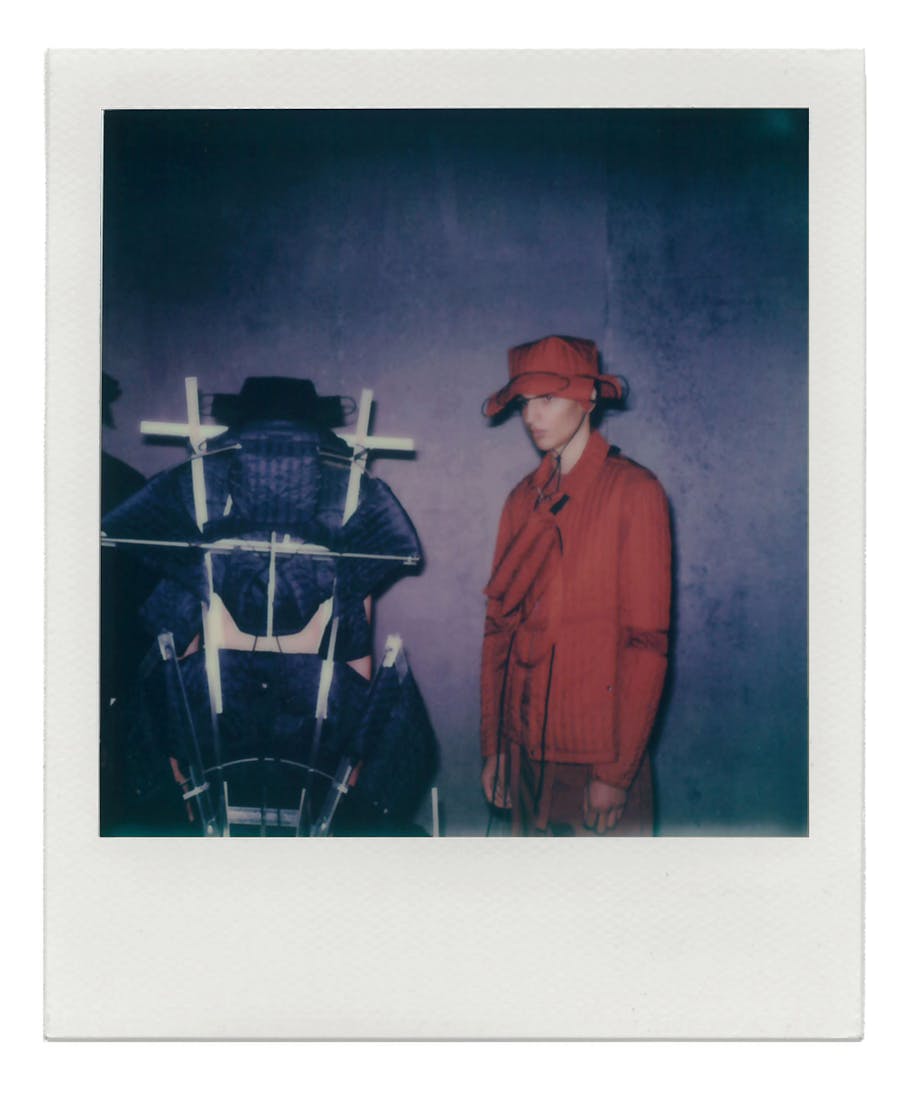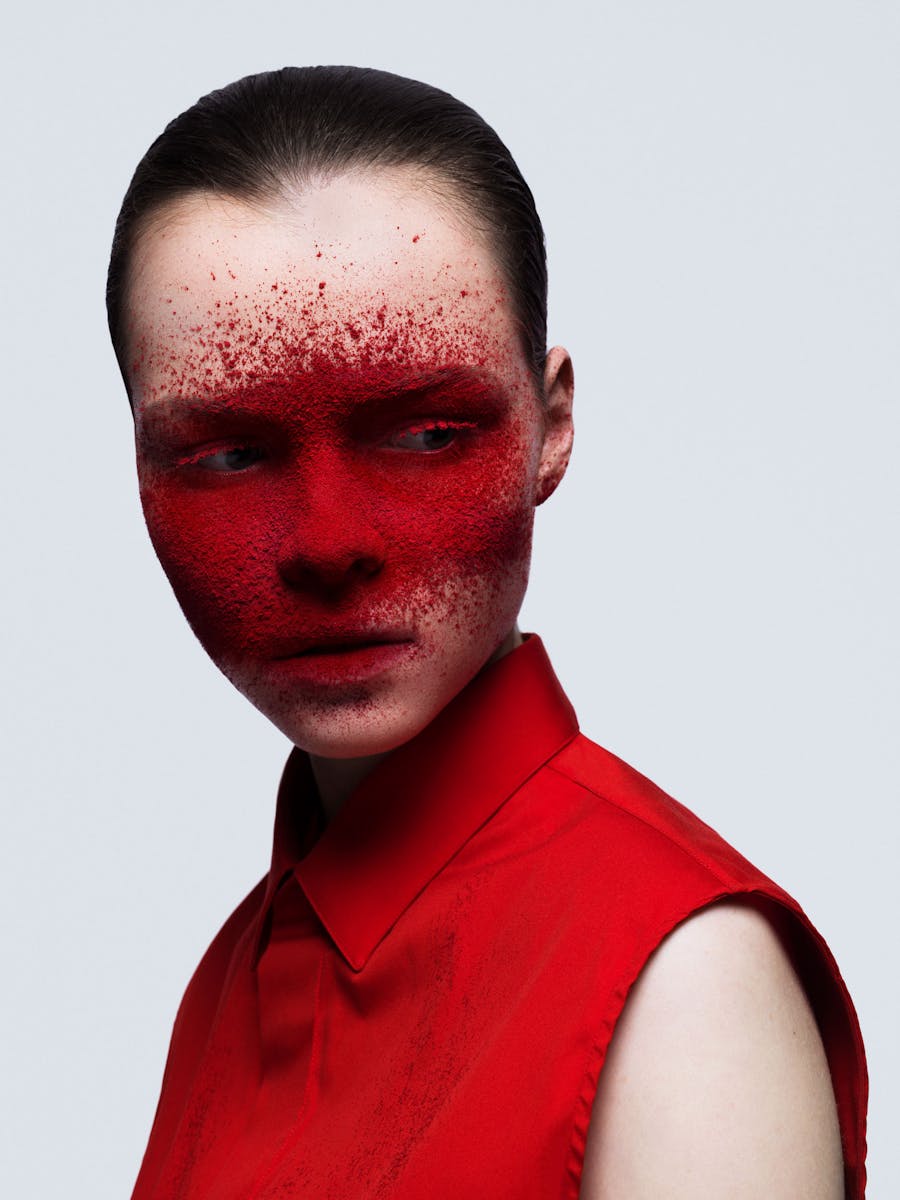From The Excess Issue
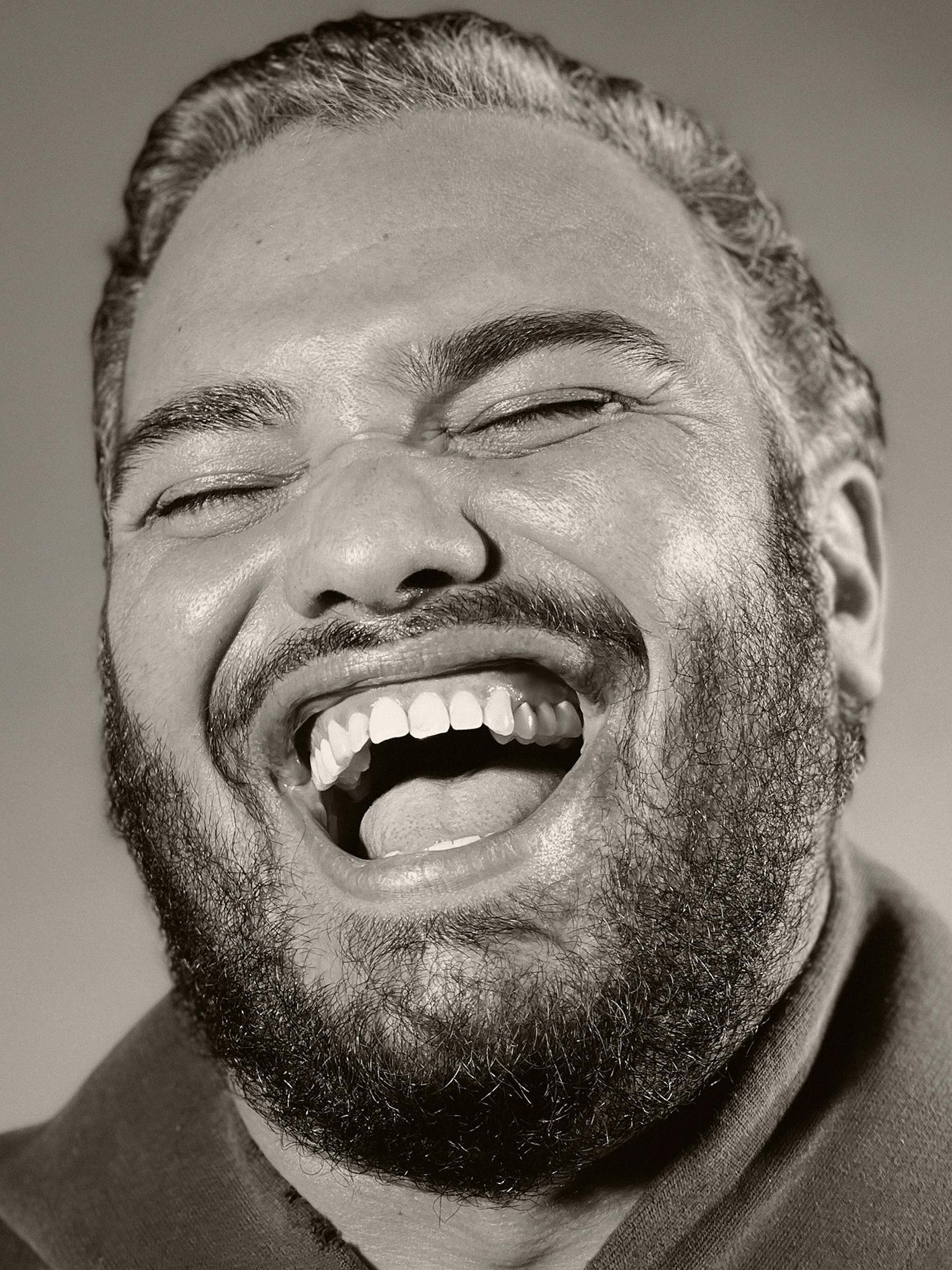
Photographed by PAUL KOOIKER
Despite his success, the Dutch designer, winner of the ANDAM Special Prize 2023 and the Karl Lagerfeld Prize 2024 for LVMH Young Designer, promises us that the best is yet to come.
For Duran Lantink, “Excess”, is a nebulous term. As a good designer, he prefers to trust in extravagance and nonconformity, two insistent characteristics which allow him to keep his distance from the norm, the better to develop an aesthetic which mingles the humour of Jean-Paul Gaultier and the subversiveness of Walter Van Beirendonck, whom he admired even before having him as a tutor at the Sandberg Institute.
What about “excess”?
D.L. I don’t know how to define it… But I know that there’s an excess of clothes in the world. Fast fashion has to go.
What kind of excess in today’s fashion would you like to see gone?
D.L. Too many things are identical. Lots of brands adopt the same language. I’d be delighted if there was a better curation of what’s on offer in fashion.
What kind of excess would you like to keep?
D.L. Support for young designers. I would like to see even more of it!
You designed the “vagina” look for Janelle Monáe and her six female dancers in the video for “Pynk” in just five days. Are the demands of show business even more excessive than those of fashion?
D.L. In terms of deadlines, yes. In showbusiness the requests are always last minute because the designer arrives late in the decision-making process. But ultimately the order is always delivered on time.
The theme of your 2024 Fall-Winter Collection is après-ski. Why?
D.L. Why not? I started off thinking of the silhouettes in my collections as individual pieces; I didn’t have the luxury of thinking of a theme. But now that I am into a seasonal rhythm, I like to imagine my clients across the year. For Winter 2024 I imagined a woman in a luxury ski resort, inspired by my best friend who skis a few hundred meters to the café and spends the whole day there. As someone who loves snowboarding, I thought that was wonderful!
Going skiing in order not to ski is a form of excess, a luxury. Furthermore, the collection presents de-structured clothes with inverted proportions: sweaters and puffer jackets are shortened, whilst the gilets, boots and collars are literally oversized. Are these silhouettes, deformed by textile extrusions, a comment upon overconsumption?
D.L. I’ve always thought about overconsumption, especially when I wasn’t yet showing my work in Paris. Now, my way of thinking and my methods are different. I’m permanently studying clothes. I’m always thinking about ways to transform a basic piece. I’m also very inspired by Walter Van Beirendonck and Jean-Paul Gaultier. It’s important to infuse the work with joy.
You create clothes out of deadstock. Is your ecologically responsible approach to fashion an uncommon one?
D.L. Yes. Now we are also using recycled material. For me part of developing as a designer is trying to find new solutions. Ecological responsibility and inclusivity are in the DNA of the brand, but my vision goes beyond them. I want to talk about other things, about pure design.
You’ve been described as someone who likes peace and quiet and the mountains. Does that make you somewhat of an eccentric?
D.L. Five years ago, I liked cities and partying. Now I’ve got so much work that I miss a lot of parties. So yes, these days, I like the peace and quiet of the mountains. But I don’t know if that makes me an eccentric. At any rate, I like things which are eccentric or extreme. I don’t like what’s standard. I want to open doors no one else is opening.
What’s the craziest thing you have done in your life?
D.L. I’m not going to tell you.
And the craziest thing you have done in your work?
D.L. That hasn’t happened yet. Of course, I’ve done crazy things like designing a dress for the MET gala in five days, but, in aesthetic terms, I haven’t yet done the really crazy things I imagine.
